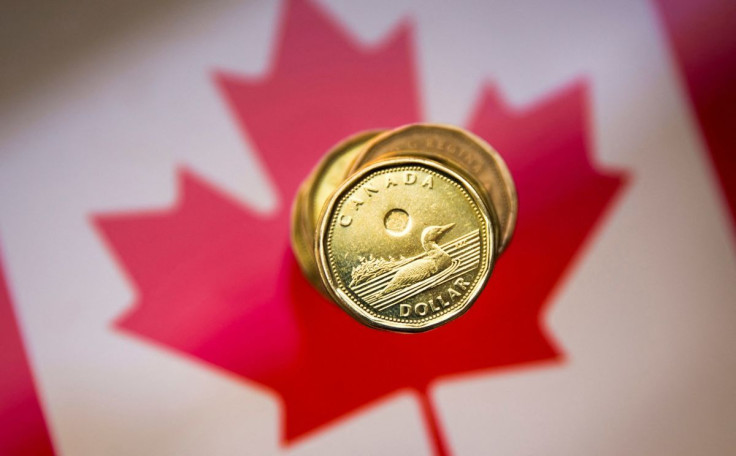C$ Clings To Weekly Gain As Consumer Demand Shows Resilience

The Canadian dollar was little changed against its U.S. counterpart on Friday as investors weighed diplomatic efforts to avoid a Russian invasion of Ukraine and preliminary domestic data showing that retail sales climbed in January.
Canadian retail sales rose 2.4% in January from December, a flash estimate from Statistics Canada showed, following on a 1.8% decline in December as consumers stayed home amid concerns over the Omicron coronavirus variant.
"Consumer demand appears to be resilient, though persistently strong inflation is eroding purchasing power," Shelly Kaushik, an economist at BMO Capital Markets, said in a note.
U.S. stock index futures seesawed after news that the U.S. Secretary of State Antony Blinken agreed to a meeting with Russia's foreign minister Sergei Lavrov, raising the prospect of ending the standoff over Ukraine.
The price of oil, one of Canada's major exports, extended losses and was headed for a weekly fall as the prospect of increased Iranian oil exports eclipsed fears of potential supply disruption resulting from the Russia-Ukraine crisis.
U.S. crude prices fell 2.1% to $89.8 a barrel, while the Canadian dollar was nearly unchanged at 1.2706 to the greenback, or 78.70 U.S. cents.
The currency traded in a range of 1.2675 to 1.2717. For the week, it was on track to gain 0.2%.
Meanwhile, Canadian police started arresting protesters as part of an operation to end a three-week blockade of Ottawa by hundreds of truck drivers that crippled the capital and prompted Prime Minister Justin Trudeau to assume emergency powers.
The Canadian yield curve flattened, with short-term rates barely moving and the 10-year rate easing 1.7 basis points to 1.899%. On Wednesday, it touched a three-year high at 1.995%.
© Copyright Thomson Reuters 2024. All rights reserved.



















